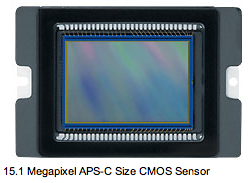ISO – Film speed is the measure of a photographic film’s sensitivity to light, determined by sensitometry and measured on various numerical scales, the most recent being the ISO system
Please wait for flash module to load, then move your curser over the different ISO options.
The above example demonstrates the effect of raising your ISO. Shot with a Canon 50D with no noise reduction in the camera or editing. 3200 ISO will give you the most visible noise, try looking around the yellow paint…
Over the past few years, the term ISO has changed as the world moved further and further away from ancient film methods. In today’s world where every kid

seems to have a digital camera (wether it be in a phone, an ipod, or a point and shoot), ISO now refers to the sensitivity of the sensor to light. Previously, this was the speed value that film could react to light.
In short, the higher the ISO, the faster it reacts to light. What does this mean in photography terms though? It means your shutter speed will be quicker as your ISO is higher. In low light situations where you need to speed up the shutter, increasing the ISO is always one of the first options.
Why not always have your ISO on the highest setting then? As your ISO increases you will notice your image will have more and more noise (look at the interactive ISO above). There are many programs on the web to reduce the noise, however you always want the best image right off the camera.
Always try to keep your ISO as low as possible – but remember to check your shutter speed and make sure it’s reasonable! When shooting product shots, keep your ISO to the lowest setting and mount your camera on a tripod.
Happy shooting!